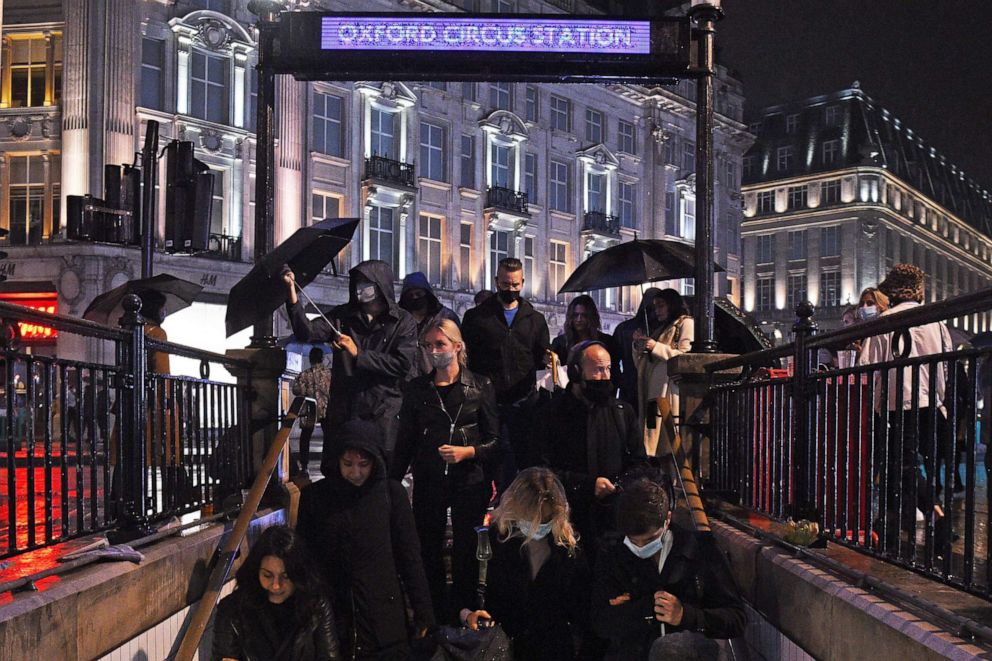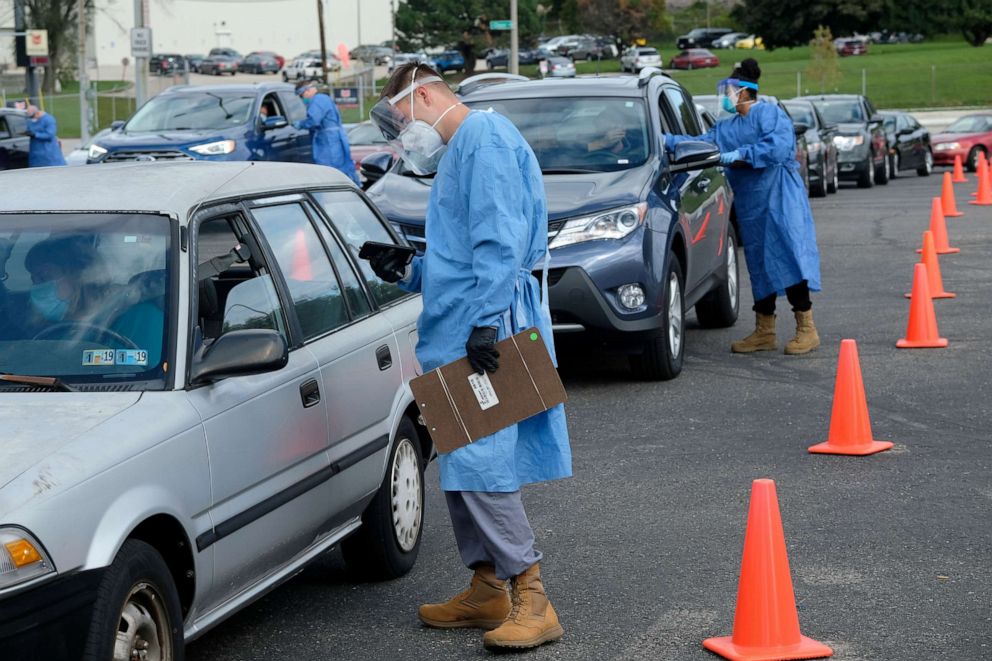CDC reposts warnings about airborne transmission
After a back and forth last month, the U.S. Centers for Disease Control posted new guidance Monday on its website once again warning people about airborne spread of the coronavirus.
The updated guidelines state some infections can be spread by exposure to the virus in small droplets and particles that can linger in the air for minutes to hours.
The CDC added that those transmissions can take place, "within enclosed spaces that had inadequate ventilation. Sometimes the infected person was breathing heavily, for example while singing or exercising."
"Today’s update acknowledges the existence of some published reports showing limited, uncommon circumstances where people with COVID-19 infected others who were more than 6 feet away or shortly after the COVID-19-positive person left an area," the agency said in a statement.
The updated language does not change CDC recommendations on social distancing, mask wearing, avoiding large gatherings, and conducting any event or gathering outside as much as possible.
The new guidance came a month after the agency was criticized for posting guidance on airborne transmission on its site and then removing it two days later.
John Brooks, the chief medical officer for CDC’s COVID-19 response, apologized for the changes during a Sept. 21 briefing and told reporters that the initial posting went up too early since they were still conducting a scientific review.
-ABC News' Stephanie Epps






